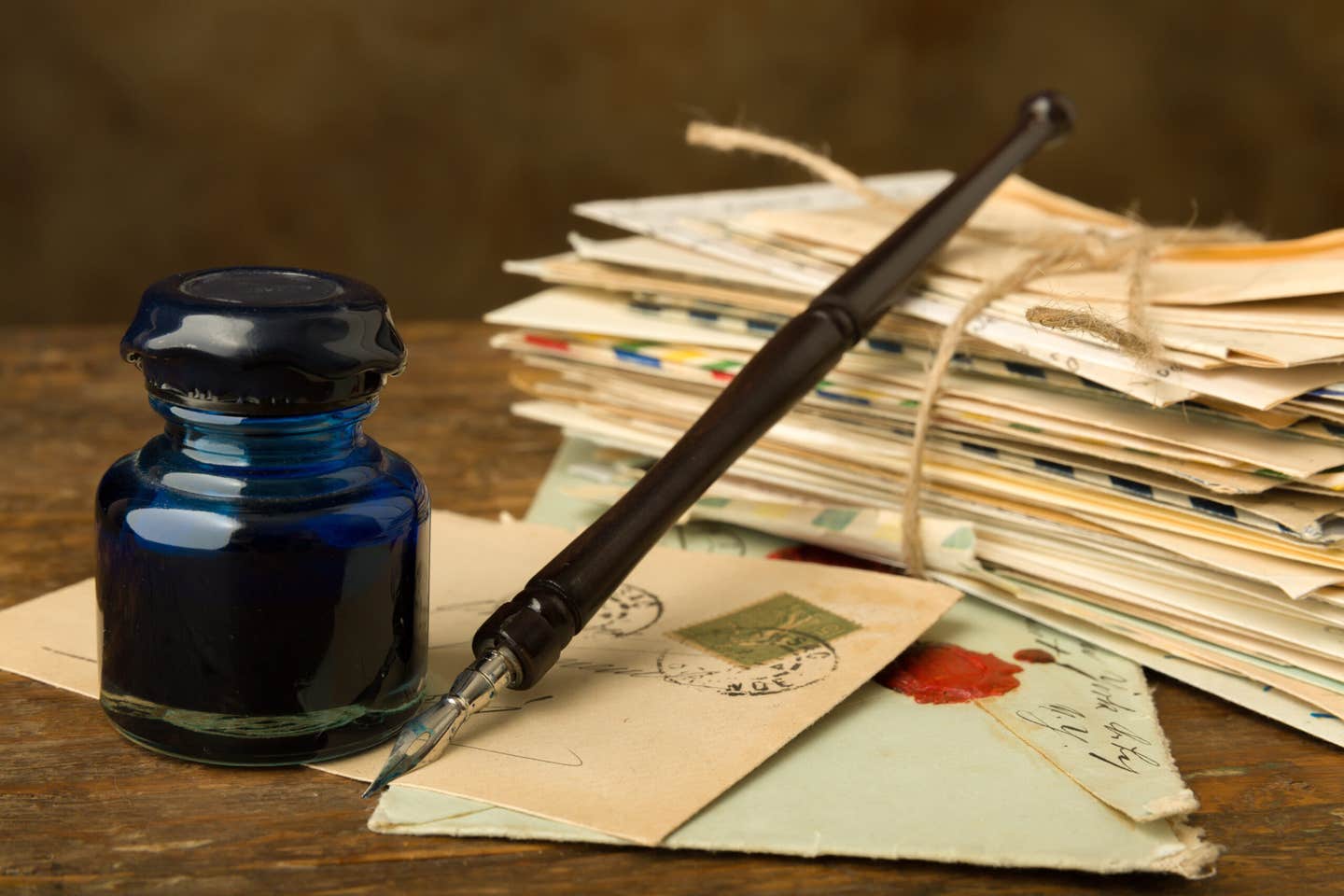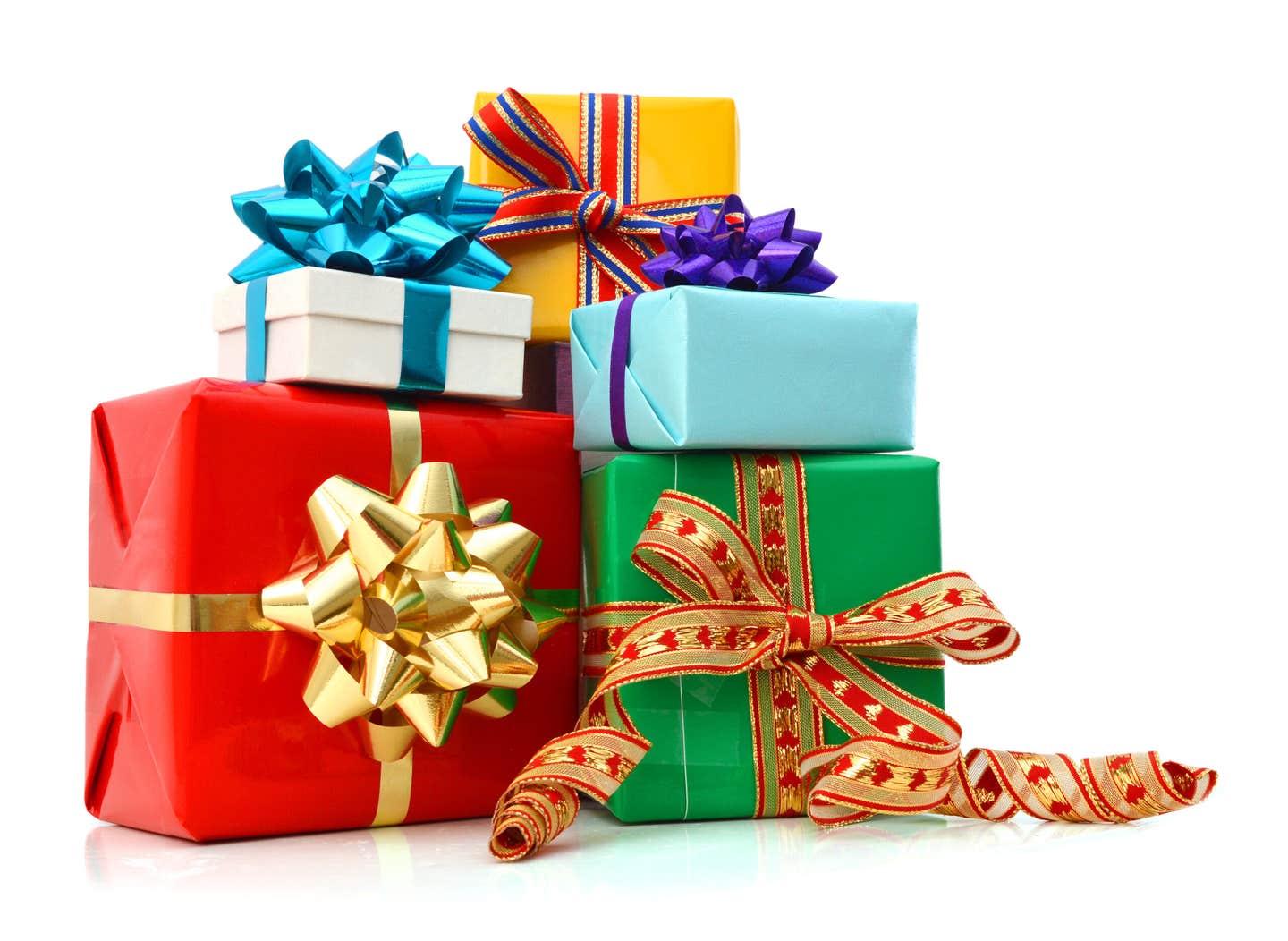Tracking prices not an easy thing
Could the trend of the coin market be tracked by following the results of a weekly or monthly local coin show? It would be necessary to have all the dealers…
Could the trend of the coin market be tracked by following the results of a weekly or monthly local coin show?
It would be necessary to have all the dealers at that show share their invoices to track the transactions reliably. There are still the problems of the quality of grading of what has been sold and how much or little “fresh” merchandise is available each time. I have attended local Sunday shows where after you’ve been there two or three times you realize the merchandise doesn’t turn over very quickly and there is nothing of interest to buy for that reason.
I understand that the current value of coins can be tracked. You calculate the Coin Market for “Numismatic News.” How can the market as a whole be tracked, something like the daily Dow Jones average?
One of the advantages the Dow Jones average has is that all transactions can be monitored. Outside of public auctions it is difficult to get reliable numismatic prices realized, accept the reliability of the assigned grading, or evaluate the volume of sales transactions. What I would like to see is an average that would include the number of lots within annually or otherwise regularly scheduled auctions held at the same place each time, the total value of the hammer price, the attendance at these auctions and the total number of active bidders. Add U.S. Mint sales for each month to this, then figure in (somehow) the spot price of gold and silver. Monitor the attendance at several regularly scheduled shows, the show being held at the same place each time. Collect sales invoices from several dealers to monitor sales volume and current prices. It might be helpful to include attendance at several major coin clubs as well. If you can find a way to make sense of all these statistics you could likely come up with a monthly average, but I doubt a daily average could be monitored.
Could it be possible to track some form of coin market average solely from the prices realized at auctions?
The problem is that many auctions are held at different places each time, impacting attendance and prices realized regardless of economic market conditions. Events such as those conducted by the American Numismatic Association will produce inconsistent results due to the changing locations of the shows. A different auction company might conduct the official sale each time. You can only track these results accurately if there is more consistency. Past surveys indicate people on an average are only willing to travel between 50 and 75 miles from their homes to attend a coin show or auction. The affluence and population of each area will be different.
What other esoteric items are included as being numismatic collectibles?
Anything relating to money might be considered to be an esoteric numismatic item. Russ Rulau “coined” the term exonumia to cover most of these. Military and civilian decorations are among these unusual collectibles found within coin collections. Famed collector Virgil Brand was one of many who included wax seals in his numismatic collection.
I got a plastic Lincoln cent in change recently. Since when did the U.S. Mint issue coins composed of plastic?
The Mint does not issue plastic coins – yet. You have a play money coin. I have seen these in denominations as high as a quarter. The cent denomination is particularly easy to pass as real money.
I am told there is a difference in thickness of the ultra-high and normal relief Saint-Gaudens 1907 gold $20. Does this mean there is a difference in the weight or amount of gold they contain?
All three varieties contain the same amount of gold, although the ultra-high relief’s thickness is listed as 4 mm, the high relief at 3 mm and the regular issue at 2-1/2 mm. The U.S. Mint measures thickness of the rim.
Are there any cut coins other than pieces of eight?
Some modern Mexican coins have been cut in half. Many other coins were cut earlier, especially in times of coin shortages.
Were there any minting variety collectors prior to 1950?
They were few and far between. About the only varieties that were seriously collected were overdates. To put the numbers in perspective, a B. Max Mehl catalog from 1923 lists “Lot 1786 – small cents, mostly of Lincoln, Struck off center, fine to uncirculated, mostly of the best. 14 pieces 10 cents.” This ad text speaks for itself about error collecting.
E-mail inquiries only. Do not send letters in the mail. Send to Giedroyc@Bright.net. Because of space limitations, we are unable to publish all questions.
This article was originally printed in Numismatic News.
>> Subscribe today or get your >> Digital Subscription
More Collecting Resources
• Subscribe to our monthly Coins magazine - a great resource for any collector!
• The Standard Catalog of United States Paper Money is the only annual guide that provides complete coverage of U.S. currency with today’s market prices.









